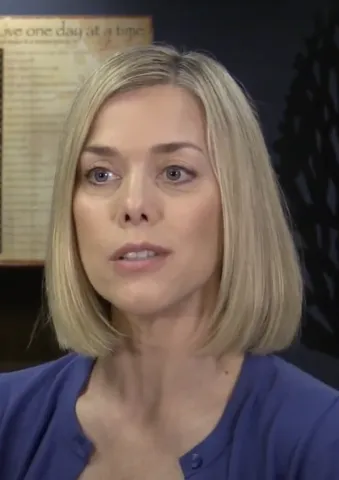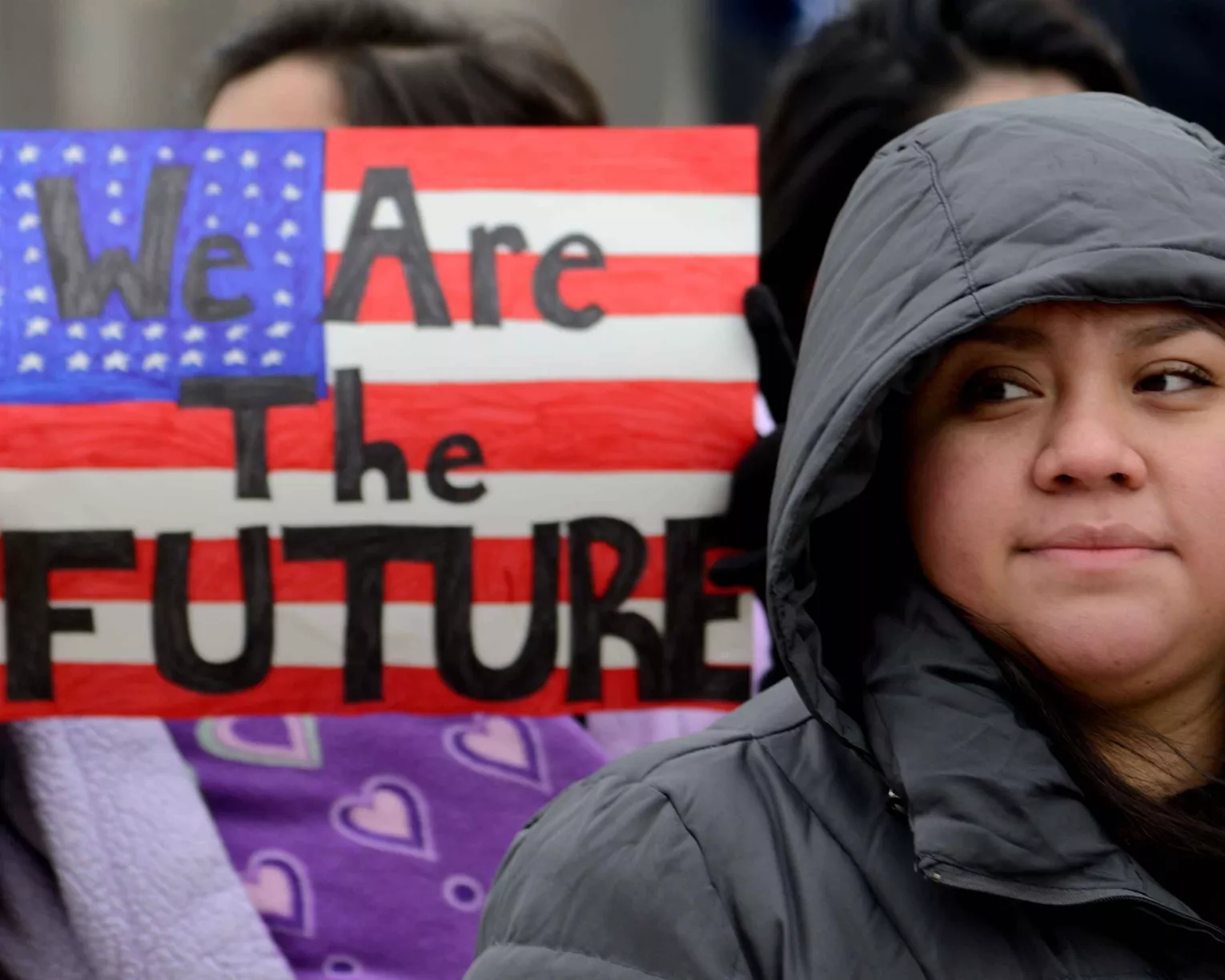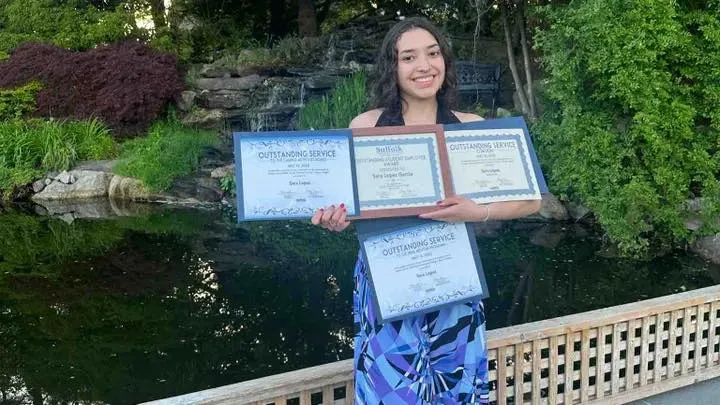Key Takeaways
- Sara Lopez Garcia’s professors want you to know: She’s a great student and an even better person.
- The fact that she’s sitting in an ICE detention center right now is both baffling and horrifying. It makes no sense at all, her educators say.
- And she’s not the only one: Numerous high school and college students have been abducted by ICE .
Sara Lizeth Lopez Garcia has a 3.9 GPA at Suffolk County Community College, on the eastern end of New York’s Long Island. She’s an honors student and member of the honor society Phi Beta Kappa.
“A stellar student,” says Cynthia Eaton, one of Lopez Garcia’s professors at Suffolk.
She’s also warm, with a wide, genuine, and frequent smile. “Every day, a huge smile,” says Eaton. And that radiance—paired with Lopez Garcia’s leadership and communications abilities—made her a natural candidate for the college’s paid peer mentoring program. She turned out to be so good in that role that Suffolk administrators gave Lopez Garcia their “student employee of the year” award this spring.
The following week, President Trump's ICE put her in handcuffs.

“Can you imagine? One week you’re getting all these awards. The next week, you’re ripped out of your home, in some kind of zip-tie nonsense, everybody crying,” says Eaton. “I can’t even imagine how terrifying it was for her and her mother,” says Eaton.
Faculty, staff and students at Suffolk are heartbroken and outraged, says Dante Morelli, president of Suffolk’s NEA-affiliated union. In June, a week before Suffolk’s commencement, upending what is usually a joyful time on campus, notes Morelli, Immigration and Customs Enforcement (ICE) agents detained Lopez Garcia and her mother at their basement apartment in Mastic, N.Y.
Currently, the two women are sharing a room with about 70 other women in an ICE detention facility in southern Louisiana, facing deportation to Colombia, the place of Lopez Garcia's birth. Lopez Garcia’s 17-year-old brother remains in New York, “without his family, with strangers,” adds Morelli.
As students like Lopez Garcia disappear, NEA members are scared and sad. They’re also angry and resolute—and want everybody to know that these young people, incarcerated by ICE, had been doing remarkable things on their campuses and in their communities.
“It’s so unfair,” says Eaton. “Clearly Sara is the kind of human being who wants to contribute to the wellbeing of others. She did not deserve to get caught up in this nonsense. Not at all.”
’Immoral, Unnecessary [and] Cruel’
Lopez Garcia isn’t the only student to be caught up in ICE’s goal of 3,000 arrests a day. In Massachusetts, in late May, ICE agents arrested an 18-year-old high school student on his way to volleyball practice. Marcelo Gomes da Silva, who came to the U.S. from Brazil at age 7, was supposed to play the drums at Milford High School’s graduation but instead was in a jail cell.
Nick Molinari, Milford Teachers Association president, called the arrest immoral, unnecessary, and “a deliberate act of cruelty.”
In Detroit, in June, ICE arrested another 18-year-old high school student on his way to a field trip. Maykol Bogoya-Duarte was 3.5 credits away from graduating—and he asked to be released to finish high school. Instead, he was deported. “The cruelty of this country really shakes me,” said his teacher Kristen Schoettle, to Bridge Detroit. “This kid, my bright student, was passed along to prisons for a month, scared and facing awful conditions I’m sure, for the crime of what — fleeing his country as a minor in search of a better life? And the U.S. government decided his time was better spent in prison than finishing out the school year.”
Meanwhile, in Colorado, a 19-year-old nursing student at the University of Utah was detained for 15 days, after ICE agents pulled her over on a highway.
These students have “no criminal history, no arrests, no warrants, no deportation orders,” wrote Eaton, in a recent union blog post; instead, they have jobs and excellent report cards.
Indeed, both Lopez Garcia and her mother were working, with Social Security cards, and in the process of obtaining citizenship. As far as Suffolk faculty can gather, ICE agents were looking for a previous tenant when they found them.
“This didn’t need to happen,” says Morelli.
A Writer, A Designer, A Promising Student
Eaton teaches English composition, on Suffolk’s smallest campus, to the college’s honors students. Every one of her essays—Eaton assigns four across the semester—asks students to combine personal experience with academic research to create a compelling argument. For all four, Lopez Garcia focused her argument on something that would help others.
“One of her essays just broke my heart,” recalls Eaton. “She said to me, ‘I want to learn about single-payer health insurance,’ and I thought, ‘Holy smokes, what kind of student wants to learn about single-payer health insurance? And also, what kind of lived experience does this represent?’”

Lopez Garcia explained that her mother was a hard worker and often in pain, but too terrified to go to a doctor because of the cost. “So, she just pops Tylenol and plows through the day,” Lopez Garcia told Eaton. “And then she says, ‘It’s not just my mom.’ Of course, I’m gutted, and I tell her, ‘Sara, you and I are going to learn all about this!’”
“She wrote a beautiful essay,” recalls Eaton, combining personal narrative with solid research into New York’s efforts to legislate single-payer insurance.
Meanwhile, in her interior design classes, Lopez Garcia was re-imagining the local domestic-violence shelter, drawing spaces that would be as comfortable as possible for children who had seen violence.
“She’s so, so smart—and one of my biggest concerns is that she be able to finish her degree,” says Eaton.
In addition to donating to the GoFundMe set up by Lopez Garcia’s fiancé—yes, she was also supposed to get married this summer—Suffolk faculty and staff are ensuring she will get that degree. But most of all, they want her to come home—to this community—where she belongs.




